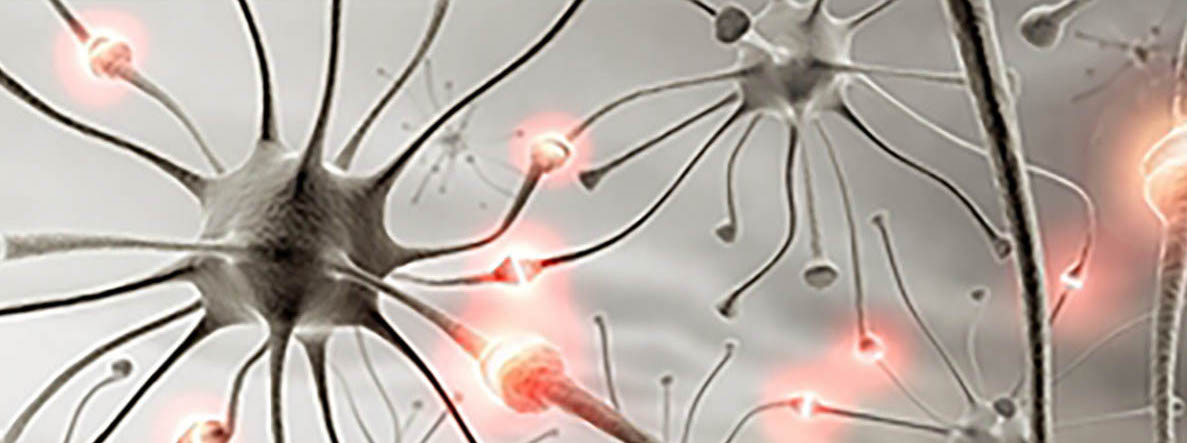
OBESITY & EATING DISORDERS
Brief Description
Obesity and other eating disorders might not be categorized as neurological disorders or diseases, but they are condition by which there is significant development of technologies for the treatment of these conditions. More specifically, we focus on technologies that interact with the human nervous system. This page is only directed at these technologies.
Obesity afflicts 66 million people in the U.S. to the point where medical intervention is necessary. Morbid obesity, defined as obesity that threatens vital organs, afflicts 14 million in the U.S. Obesity has become an epidemic with a significant unmet medical need. People suffering from obesity are at increased risk for a number of serious health conditions such as diabetes, coronary heart disease, and hypertension. By actively treating obesity, there is an opportunity to limit the burden on the healthcare system and significantly improve patient lives. Whereas gastroparesis is a debilitating condition with no known cure in which the stomach muscles work poorly or not at all. It has many possible causes and is of particular concern to the increasing U.S. diabetes population, as it is estimated to affect about five percent of people with diabetes.
Recent developments in technology address conditions of obesity and gastroparesis. There is some research to address anorexia and bulimia but these are still in the early stages of development and are exploring approaches as a condition of the brain.
A summary of some of the available technologies includes a wide range of technologies some are highlighted here and more details are available in the Technology Listing. Reshape Life Sciences received both CE mark and FDA approval from their VBLOC therapy delivered via the Maestro system for the treatment of obesity. The company has made a business decision to sell the device exclusively in Europe for now. Neurovalens Ltd., a neurotech startup based in Northern Ireland, has developed a noninvasive vestibular nerve stimulation system that the company intends to market to consumers to help them lose weight. Medtronic’s Enterra therapy for the treatment of gastroparesis consists of a small neurostimulator, which is implanted under the skin, usually in the lower abdominal region.
CONSIDERATIONS
There are a variety of applications which are listed below by category. Prior to considering any new therapy, treatment, or device, a proper evaluation should be conducted by a knowledgeable medical professional. There are health, medical and financial risks. Out-of-pocket costs and available insurance coverage for any treatment must be considered prior to starting a protocol. Also, it is key to understand that results and applications will vary depending on symptom and function limitations related to the condition. If you find something of interest, please contact the vendor directly to find a trained professional in your area.
